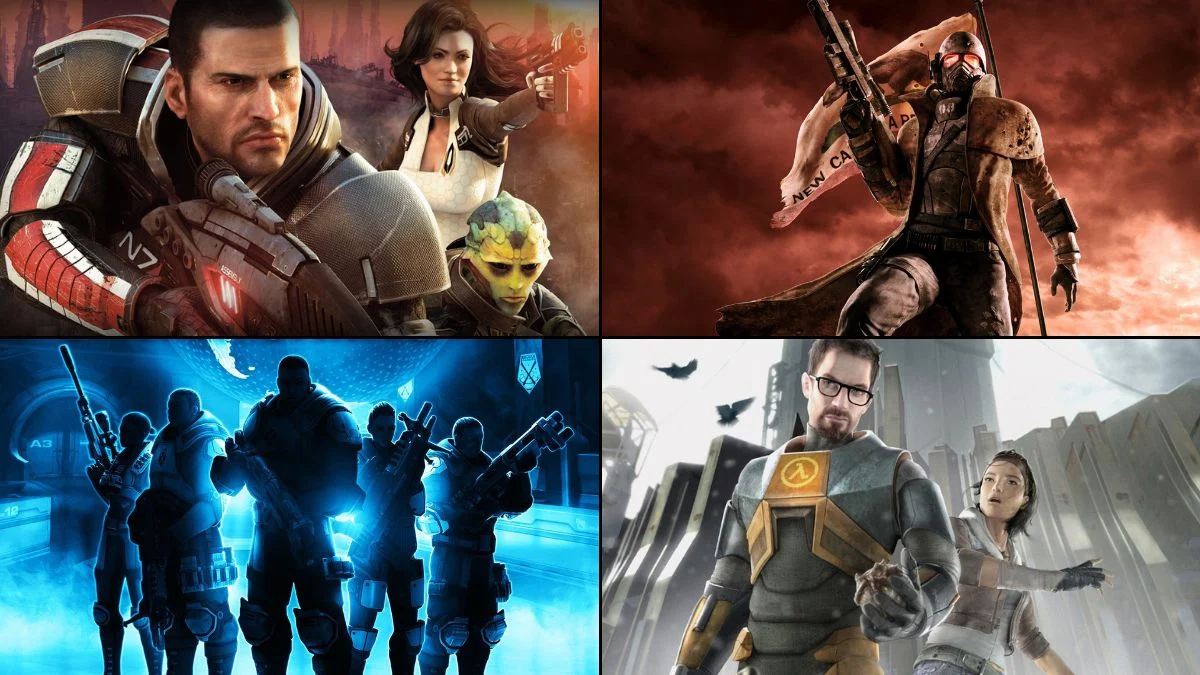
Science fiction games – from grand space adventures to mind-bending time travel stories and futuristic mysteries – have consistently innovated in terms of technology, narrative, and creating immersive worlds. This collection features exceptional games from all eras, genres, and platforms, highlighting advanced technology, alien landscapes, and imagined futures. Whether you enjoy action-packed shooters, immersive role-playing games, large-scale strategy, or unique indie titles, you’ll find games that delve into topics like artificial intelligence, space exploration, and surviving after the end of the world. Each game listing includes important details like the developer, release year, available platforms, and core gameplay features to help you easily find something you’ll enjoy.
Half-Life 2
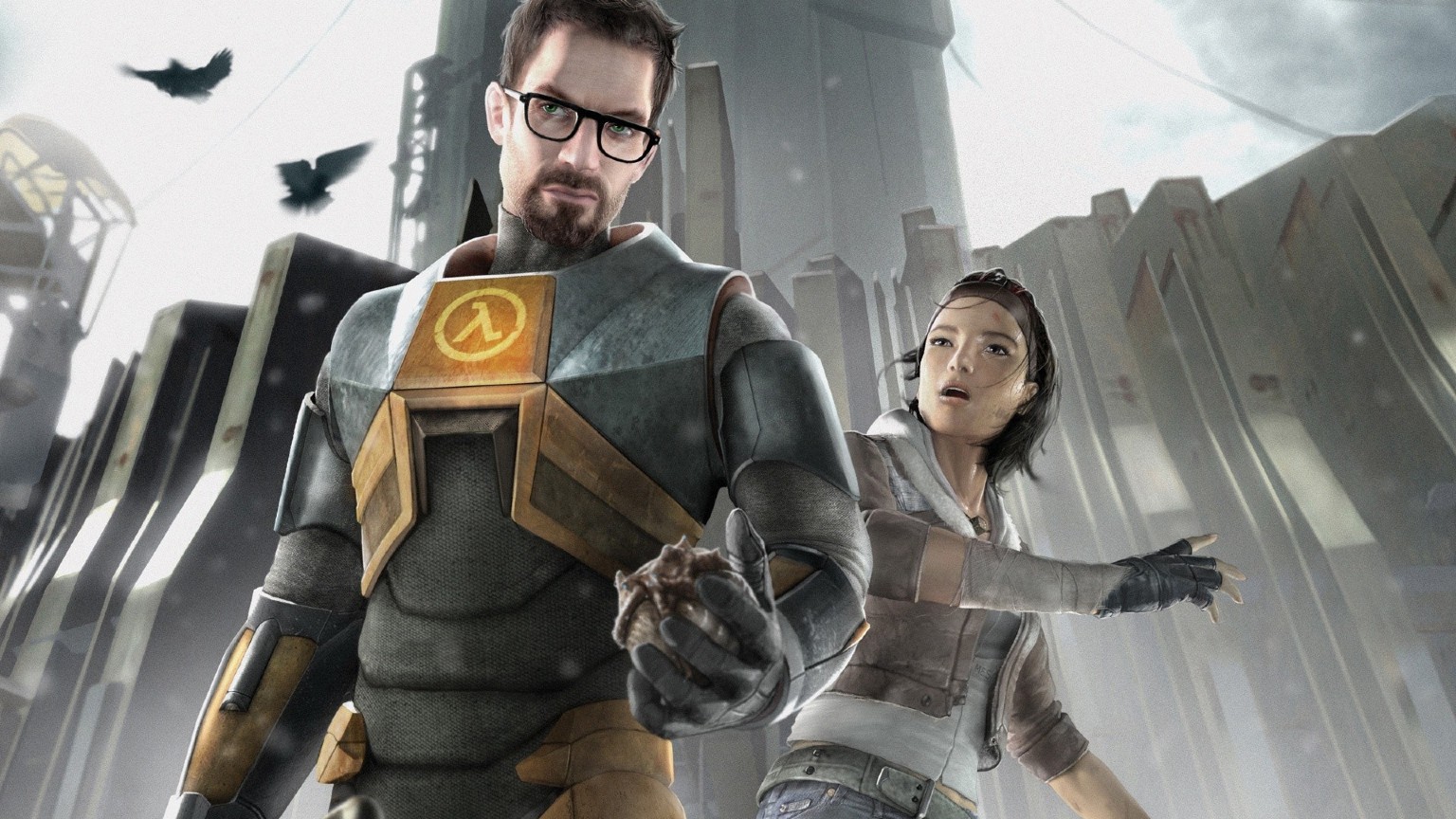
Half-Life 2, originally released for PC in 2004 and later for consoles, was a groundbreaking game that debuted Valve’s new Source engine and its realistic physics. A key feature was the Gravity Gun, which allowed players to move objects to solve puzzles and fight enemies. The game’s setting, City 17, was praised for how seamlessly its story was integrated into the gameplay through in-game events. The story continued with two follow-up episodes, ‘Episode One’ and ‘Episode Two’.
Mass Effect 2
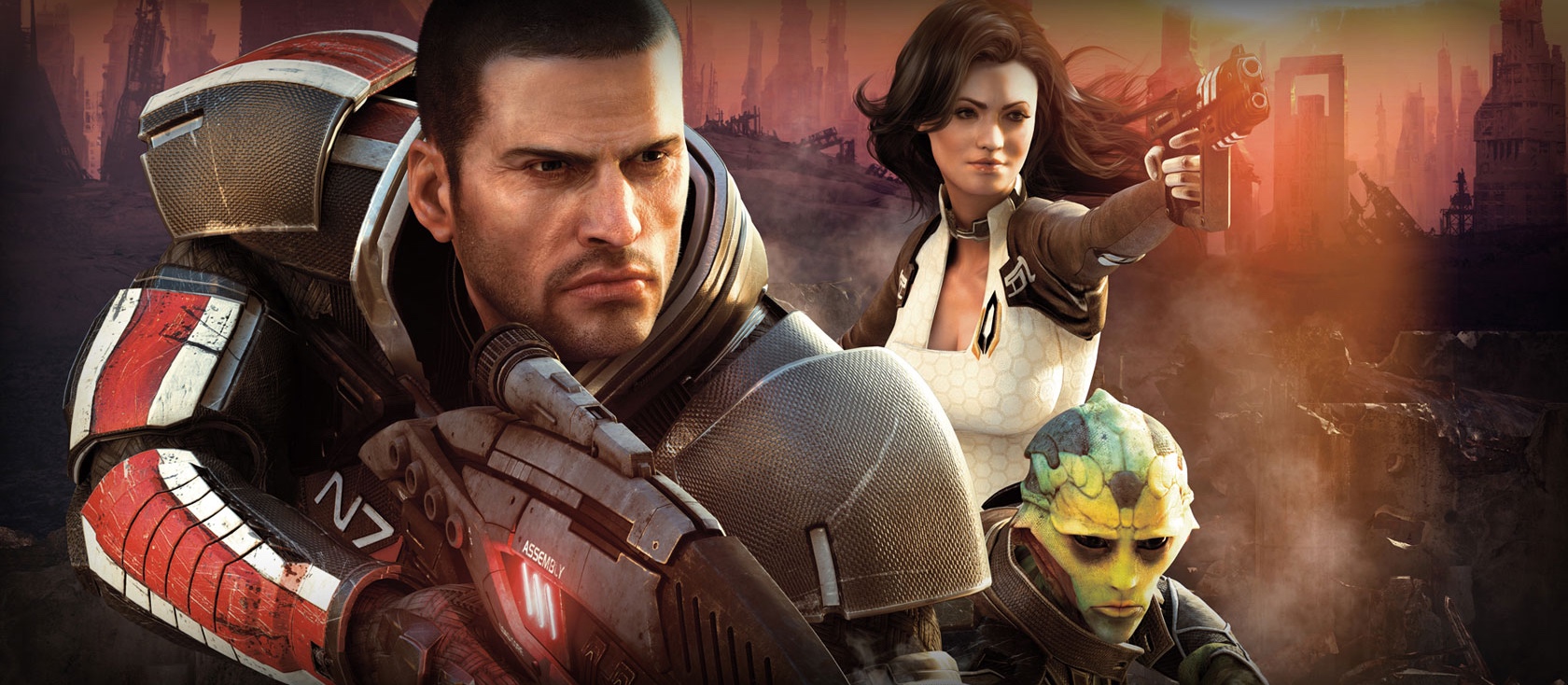
BioWare released this role-playing game set in space in 2010 for computers and consoles. It centered around building a team and forging strong relationships with its members. Players gathered a crew aboard the Normandy for a crucial mission where their preparation and choices had real consequences. The game’s morality system, with Paragon and Renegade options, influenced conversations and how missions played out. Players could even carry over choices they made in the first game, impacting the story.
Star Wars: Knights of the Old Republic
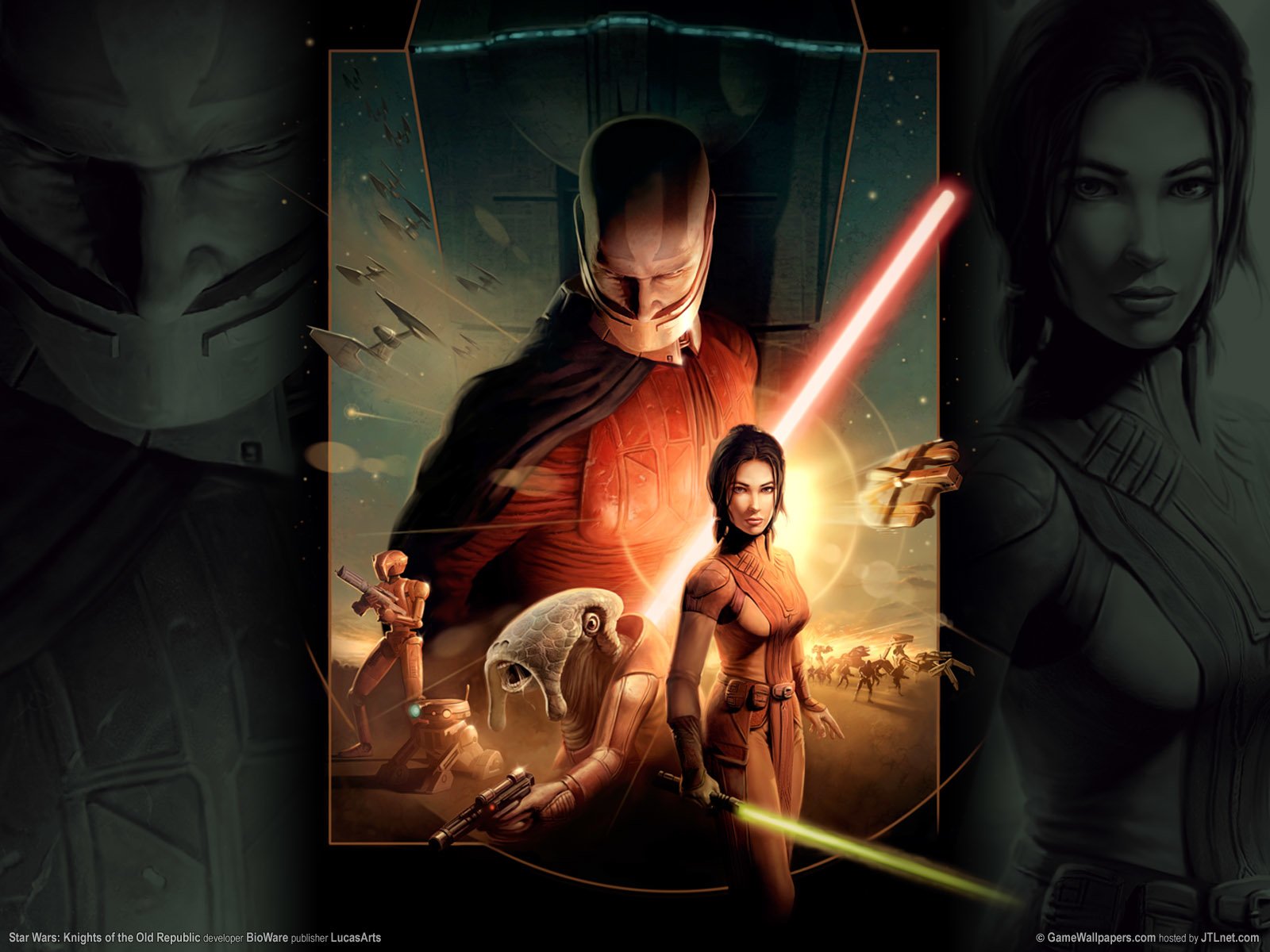
As a huge fan, let me tell you about this RPG that BioWare put out back in 2003 for the Xbox and PC. It’s set thousands of years before the events of the movies, which is really cool. The combat was unique – it used a D20 system, but you could pause the action to give orders, and you had to manage a whole party of characters. What I loved most was how your choices mattered! You could lean towards the Light or Dark side, and that changed your abilities and how people reacted to you. The story was full of surprises, and the companions you met had their own interesting quests. Plus, you got to explore a bunch of different planets, which was awesome!
Deus Ex
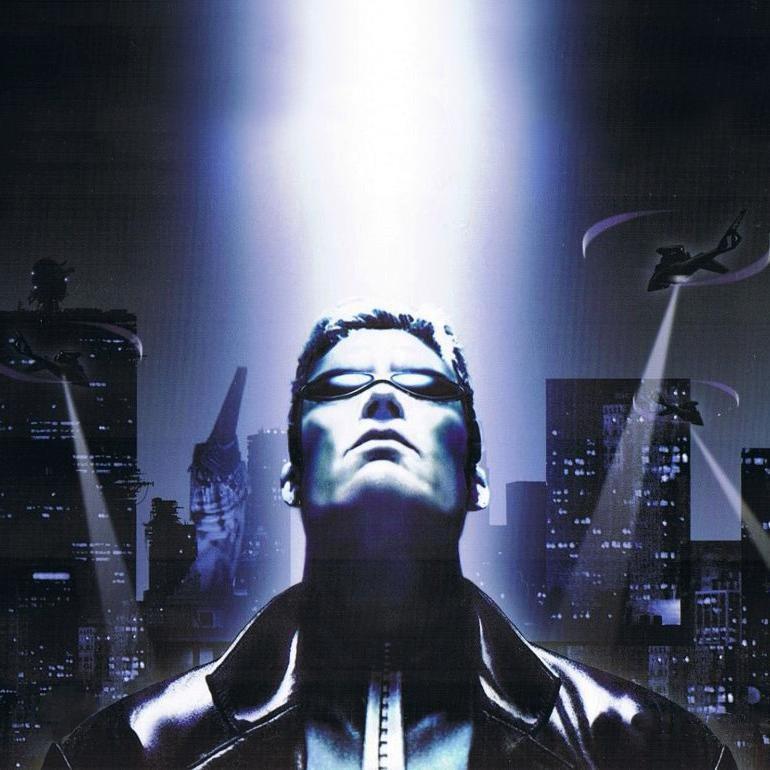
Released on PC in 2000, Ion Storm’s immersive sim let players approach challenges in a variety of ways – through stealth, hacking, or direct combat. You could customize your character with augmentations, changing how you tackled levels and completed missions. Your decisions impacted relationships with different groups, altered mission paths, and led to multiple possible endings. The game combined a thrilling conspiracy story with futuristic technology set in cities around the world.
System Shock 2
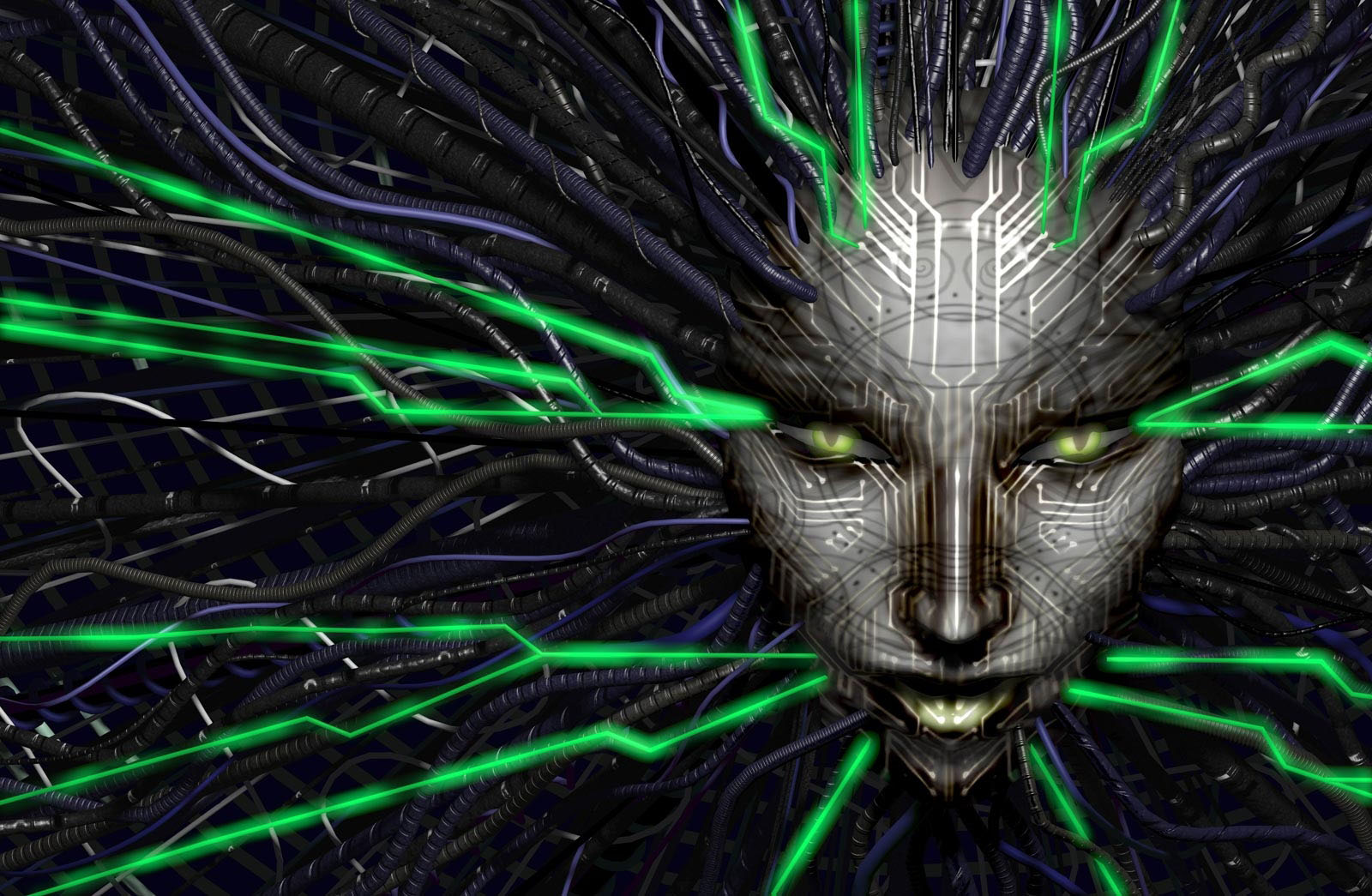
Released in 1999 for PC, this game blended shooting action with role-playing elements. Developed by Irrational Games and Looking Glass Studios, it focused on surviving aboard the starship Von Braun, requiring players to manage resources, upgrade skills through skill trees, and utilize cybernetic modules. The game built its story and revealed enemy weaknesses through audio logs and details found in the environment. A key character was SHODAN, an intelligent AI who played a major role in the plot.
BioShock
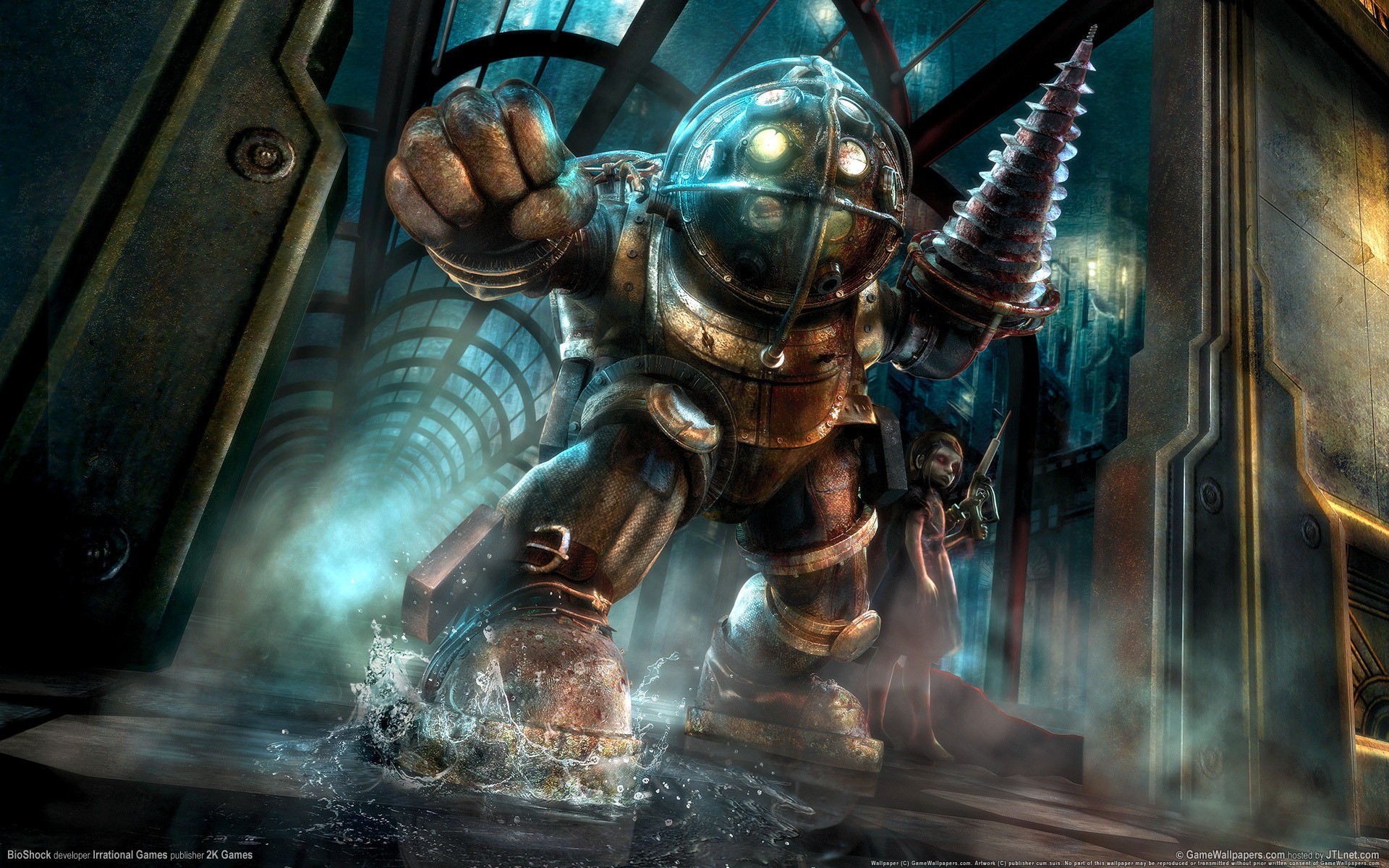
Released in 2007 for computers and consoles, this game takes place in the underwater city of Rapture. Players could gain special abilities called Plasmids, which combined with weapons to offer diverse combat options. A key moral decision involved choosing to either exploit or save the Little Sisters, impacting the game’s rewards and ending. The story of a failed utopian society built on objectivist principles was told through collectible audio diaries and a striking art deco visual style.
Portal 2
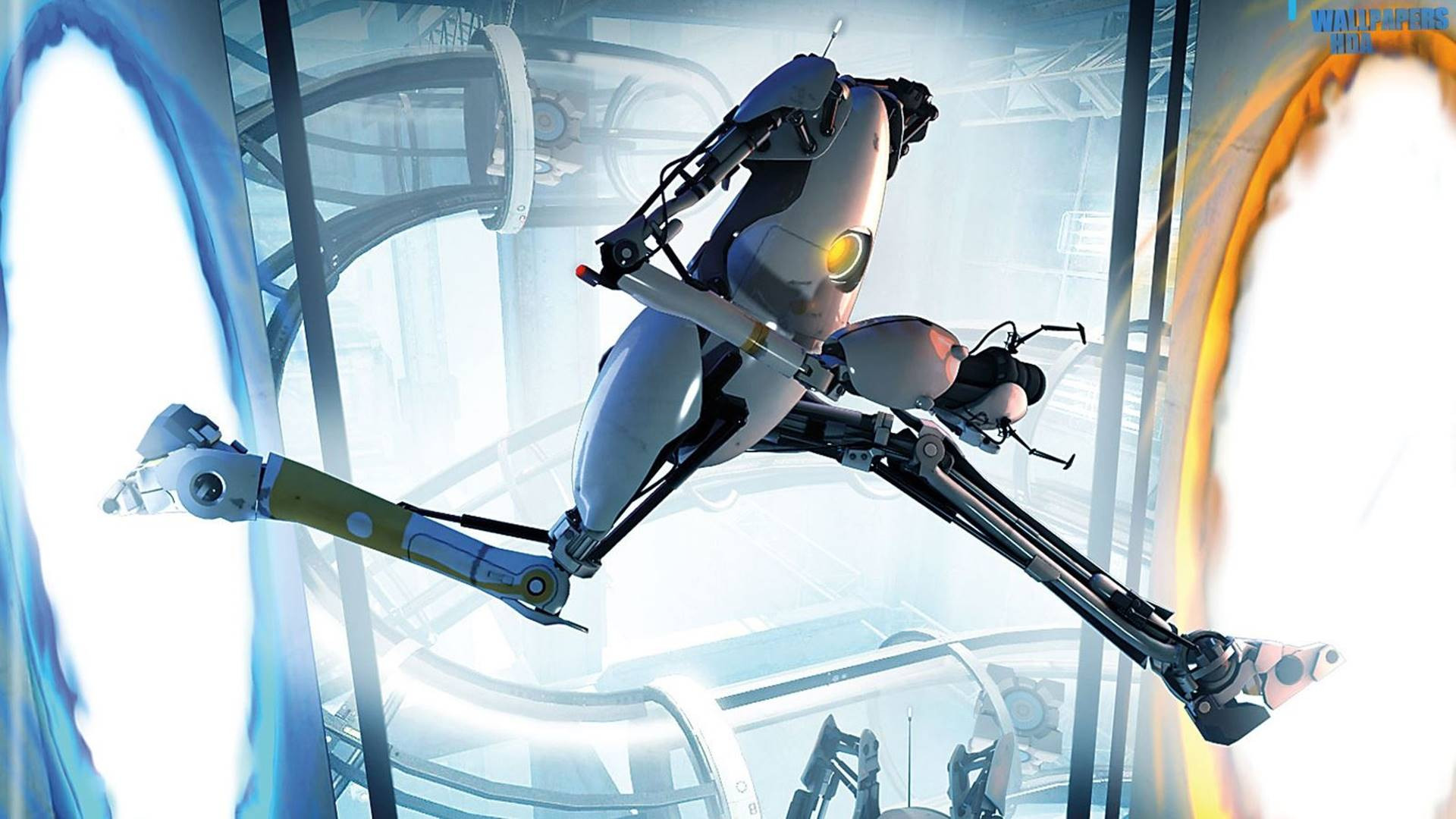
Portal, released by Valve in 2011 for computers and consoles, is a puzzle game where players navigate test chambers using a special gun that creates linked doorways. The game features a complete story campaign and a cooperative multiplayer mode. Different gels add new abilities, like increased speed and bounce height, to help solve increasingly complex physics puzzles. Players can also create and share their own levels thanks to a built-in editor and support from the Steam Workshop.
Halo: Combat Evolved
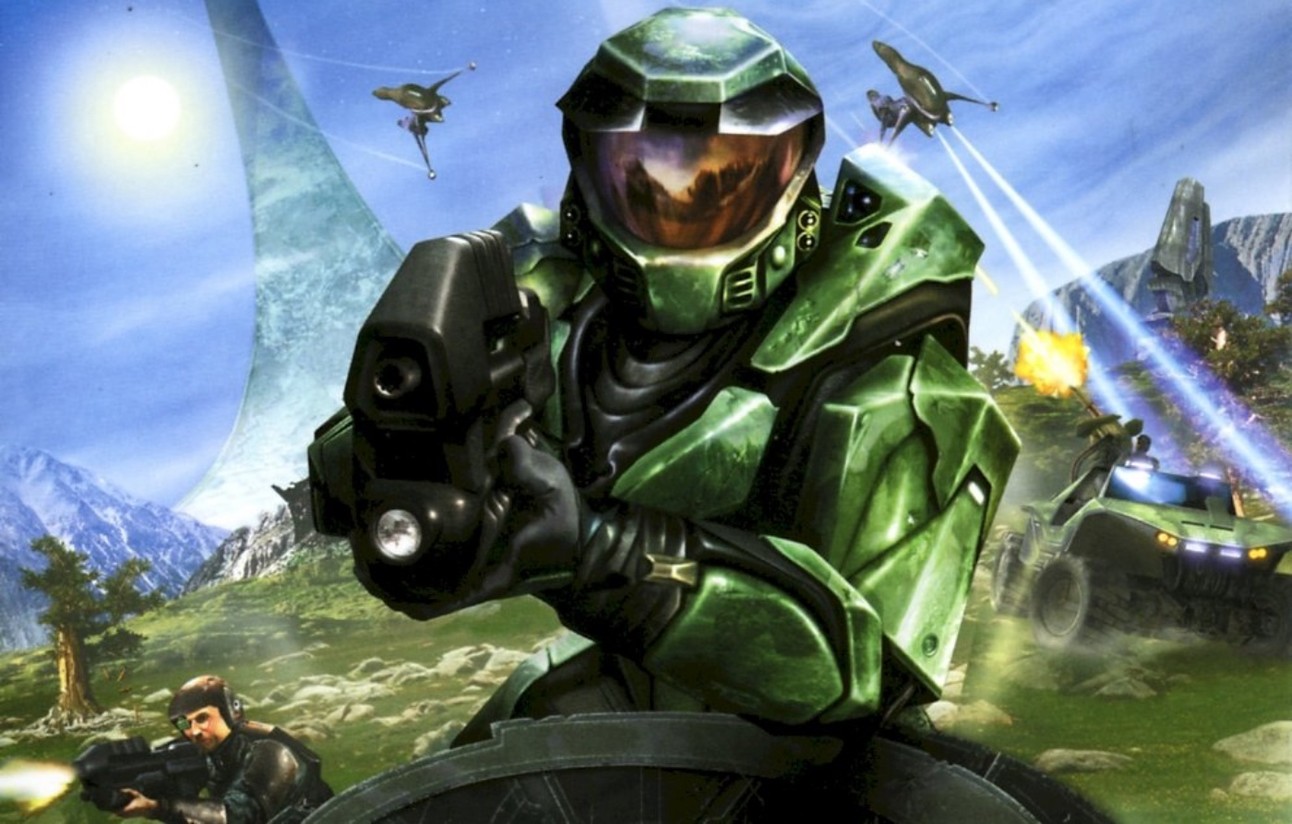
Originally released in 2001 for the original Xbox and later on PC, Bungie’s game introduced players to the ring-shaped world of Halo. It revolutionized console shooting games with features like recharging shields, a limit on the number of weapons you could carry, and the ability to fight in vehicles. The game offered expansive, open levels for battles, and supported both local split-screen and network (LAN) multiplayer. The story centers around the Master Chief as he uncovers the true meaning of the Halo array.
Metroid Prime
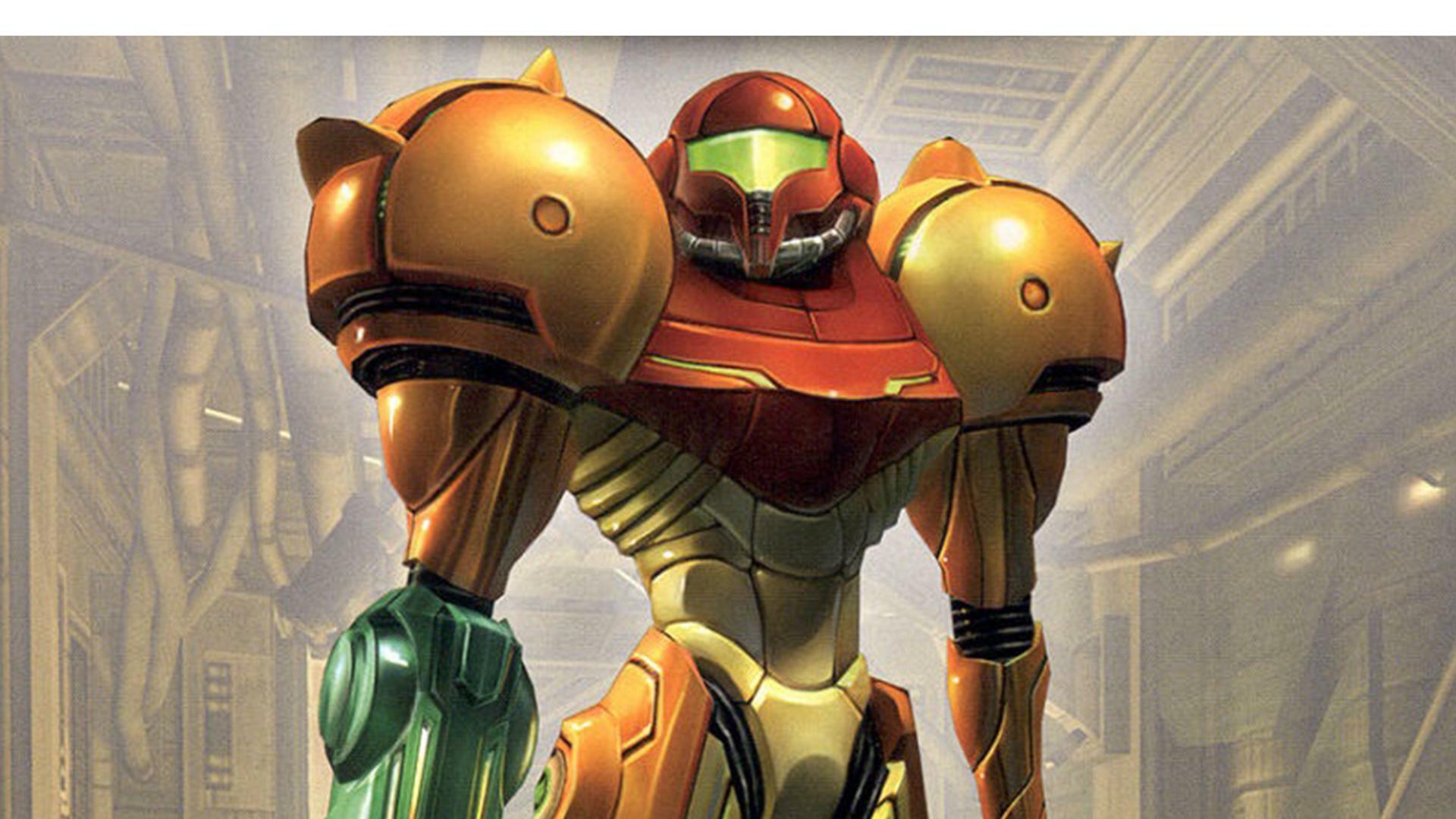
As a huge fan, I always loved how Retro Studios reimagined the series with this GameCube adventure! They made scanning such a key part of the gameplay – using your visor to uncover the story, find enemy weaknesses, and even figure out how to get through the environment was brilliant. The way your suit upgraded and opened up new parts of the world really encouraged you to explore and revisit areas. And the lock-on aiming system was perfect – it let you smoothly switch between platforming challenges and intense combat in this awesome 3D world.
Super Metroid
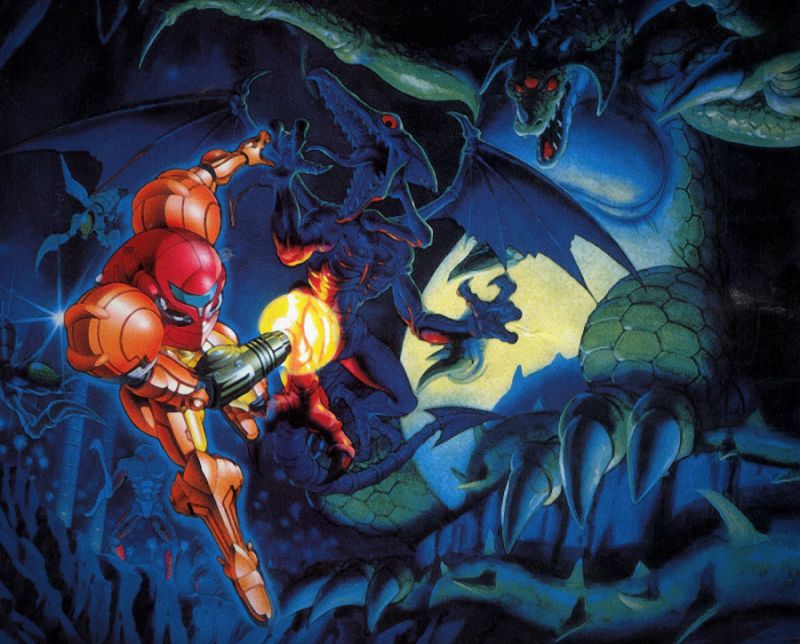
Released in 1994 for the Super NES, this Nintendo game lets you explore a large, connected world. Players can plan routes and discover hidden areas by mastering advanced movement techniques. Finding upgrades like the Speed Booster and Space Jump unlocks new parts of the map and reveals its secrets. A helpful map and item tracking system help players complete the game.
Outer Wilds

In 2019, Mobius Digital released a game where players are stuck in a 22-minute time loop. You fly a ship to different, beautifully designed planets that evolve with each loop. Instead of leveling up your character or finding better equipment, you progress by learning more about the world. The key to solving a big mystery about the solar system lies within ancient ruins and data logs left by a civilization called the Nomai.
No Man’s Sky
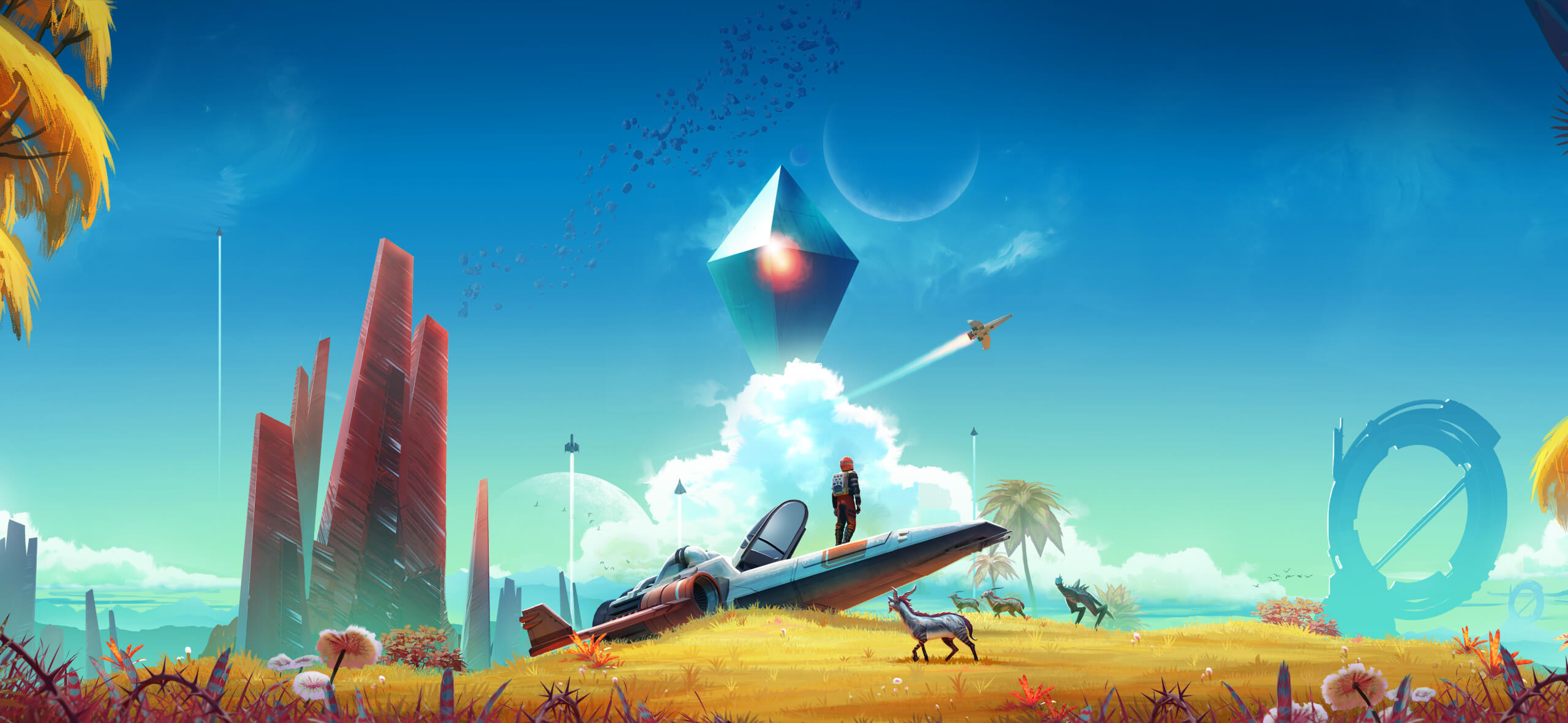
No Man’s Sky, a space exploration game where the universe is uniquely generated each time you play, was first launched by Hello Games in 2016 for computers and gaming consoles. Since then, the game has been significantly expanded with features like the ability to build bases, play with others online, own living spaceships, and participate in time-limited events. Players explore planets, collect materials, improve their equipment and spaceships, and document the plants and animals they find. Fast travel lets you jump between planets in a vast galaxy filled with diverse landscapes and environments.
Fallout: New Vegas
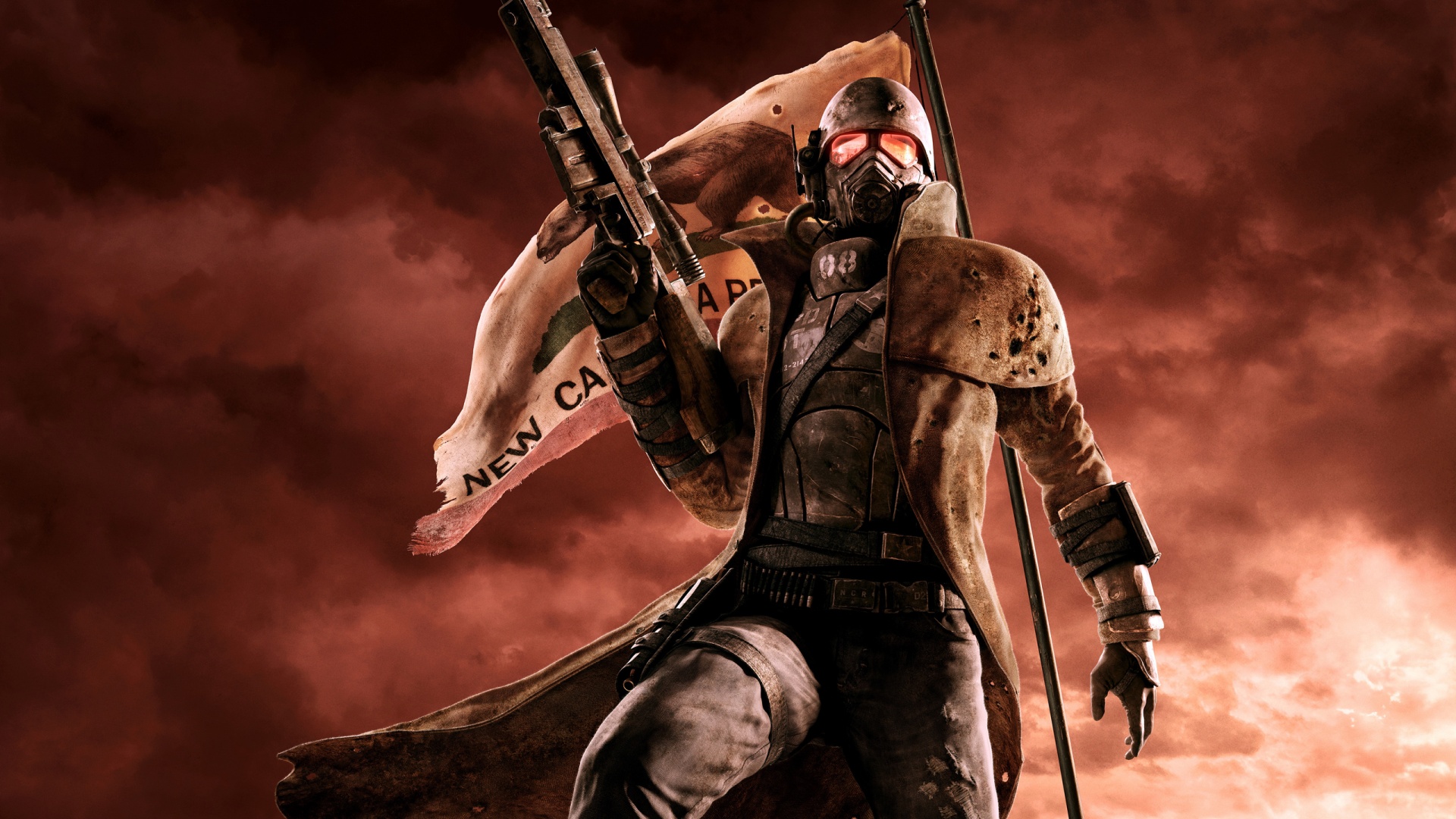
Obsidian Entertainment released this role-playing game in 2010 for computers and consoles, taking place in the harsh Mojave Wasteland. Your choices with different groups and the stories of your companions significantly affected how quests played out, both on the Strip and in the wider world. A challenging ‘hardcore’ mode added survival elements, requiring you to manage hunger, thirst, and sleep. Players could also customize their character with a variety of weapons, skills, and crafting options, allowing for unique playstyles.
XCOM: Enemy Unknown
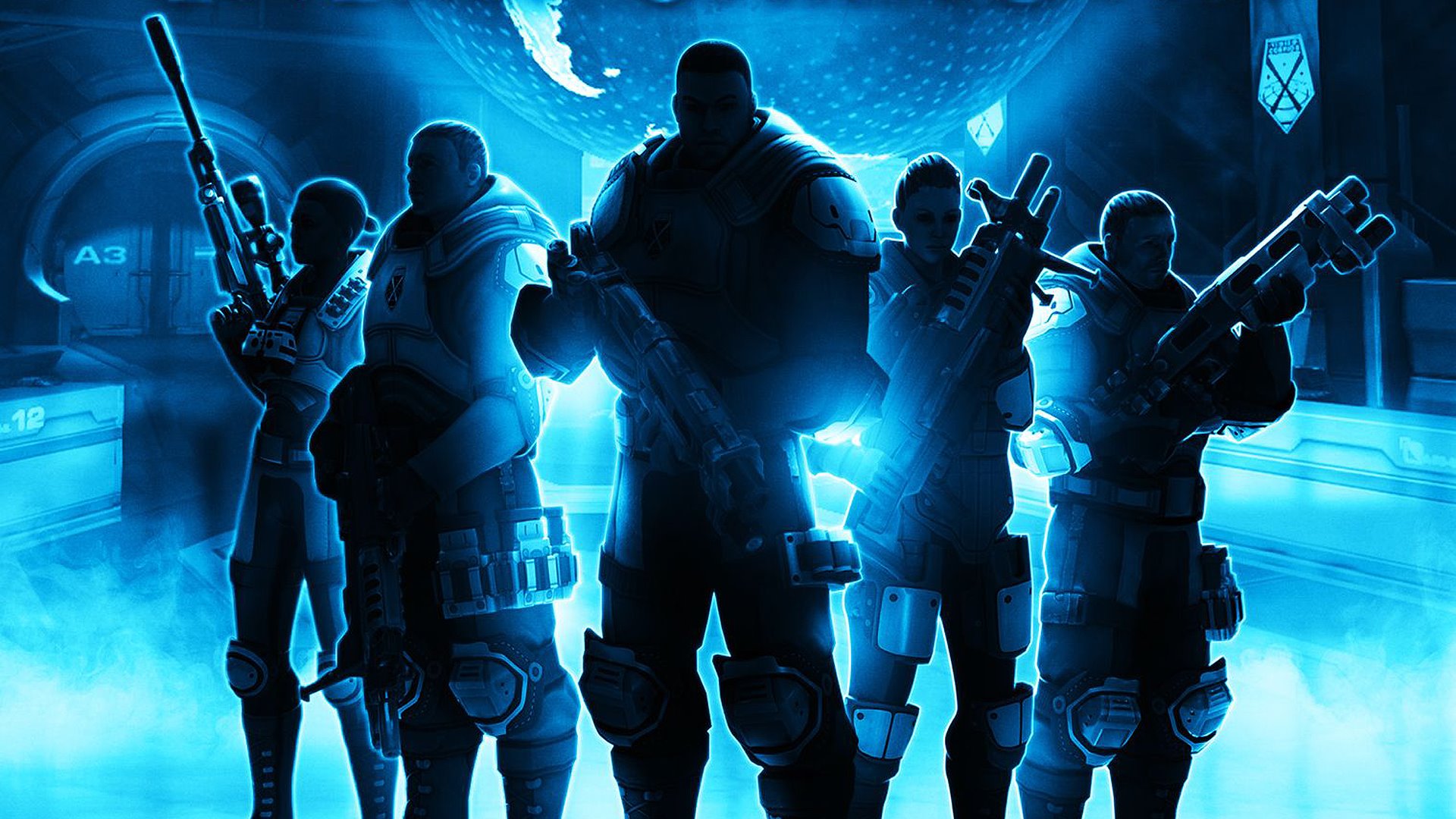
Released in 2012 for computers and consoles, this strategy game offered a fresh take on the classic turn-based formula. Soldiers developed unique skills and classes, and any loss was permanent. Players built and managed a worldwide network of satellites, research facilities, and engineering projects to fight off an alien invasion. Battles took place on grid-based maps where using cover and managing what the enemy could see – the ‘fog of war’ – were key to success.
EVE Online
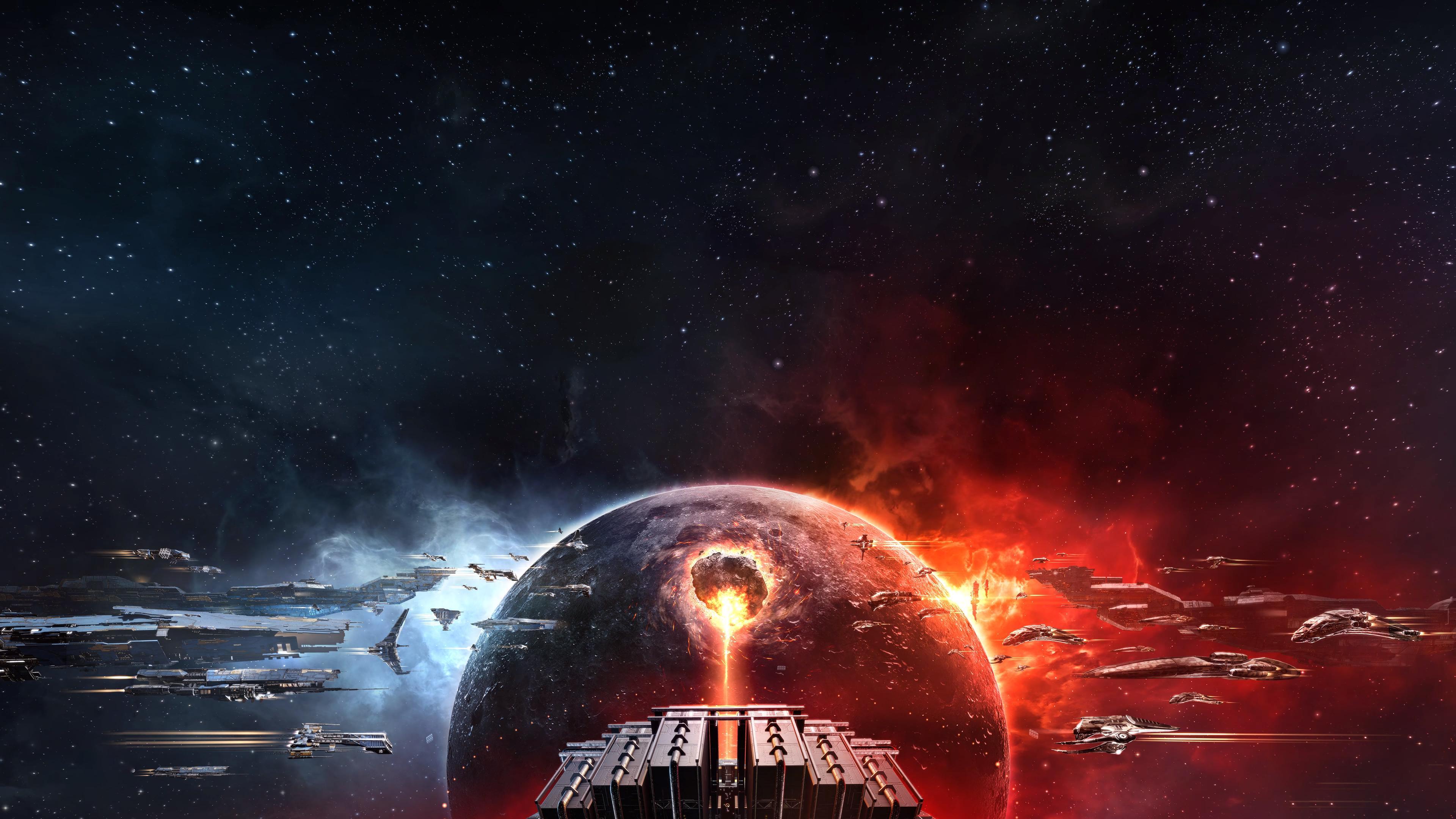
EVE Online, a space-based multiplayer game, first launched on PCs in 2003. It’s known for having a single, massive game world where players form corporations and alliances to fight for control of territory. The game features a complex player-driven economy based on resource gathering, manufacturing, and trade. Large-scale battles can involve thousands of players and have lasting effects on the game’s political landscape.
StarCraft
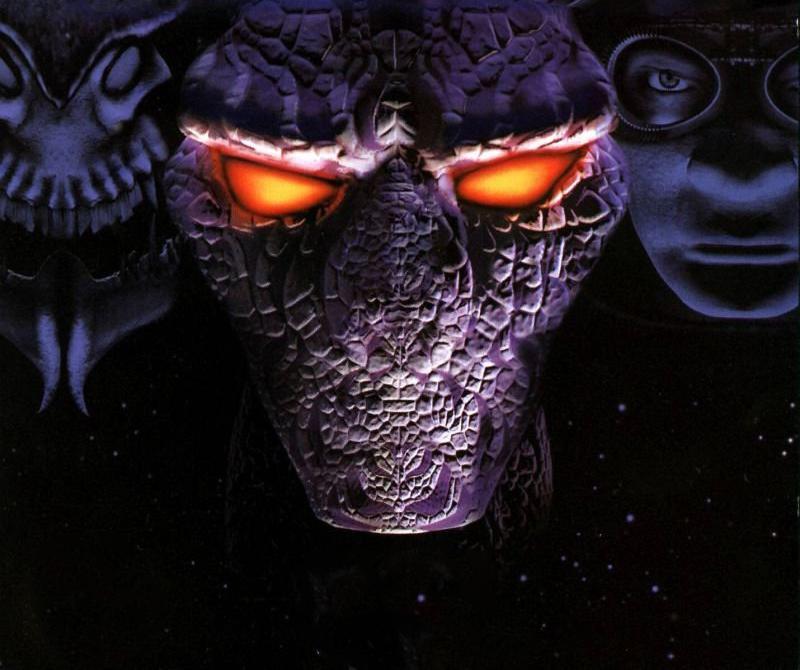
Blizzard launched this real-time strategy game for PC in 1998, featuring three distinct races: the Terran, Zerg, and Protoss. The single-player campaign told a story of conflict between these races. The game’s competitive multiplayer mode helped popularize key strategies like efficient base building, precise unit control, and dominating the map. The Brood War expansion added even more content, and the game remained a popular esports title for many years.
Destiny 2
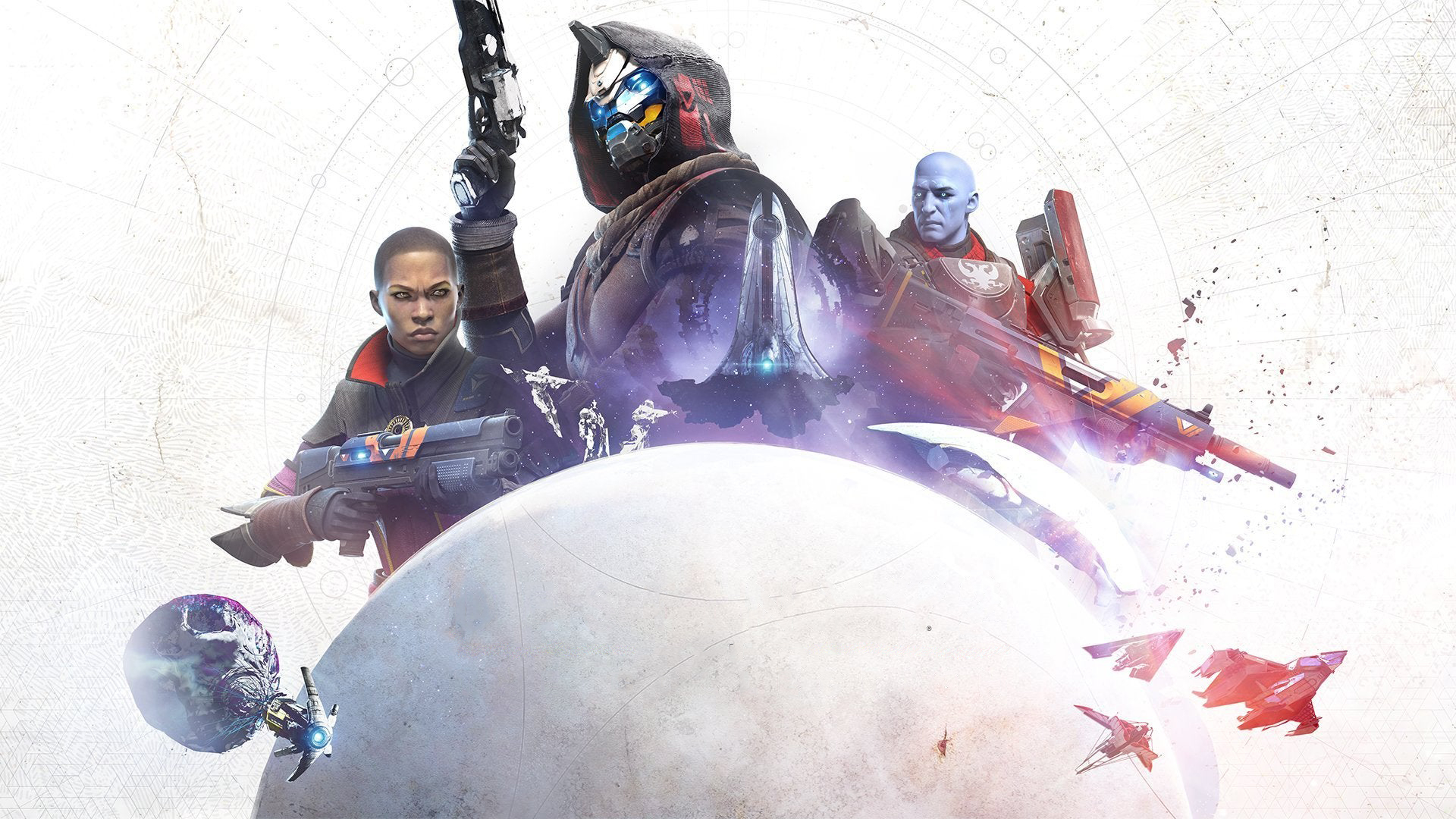
I started playing this online shooter back in 2017 – it’s on both PC and consoles, and Bungie keeps it fresh with new seasonal stuff. You pick a class, and then a subclass within that, which basically determines what cool abilities and ultimate moves you get. If you’re looking for a real challenge, the Raids and Nightfalls are endgame activities that really need teamwork. Plus, there’s a ton of long-term stuff to keep you going – you can craft weapons, use artifact mods to customize your build, and always work on leveling up your power!
Titanfall 2
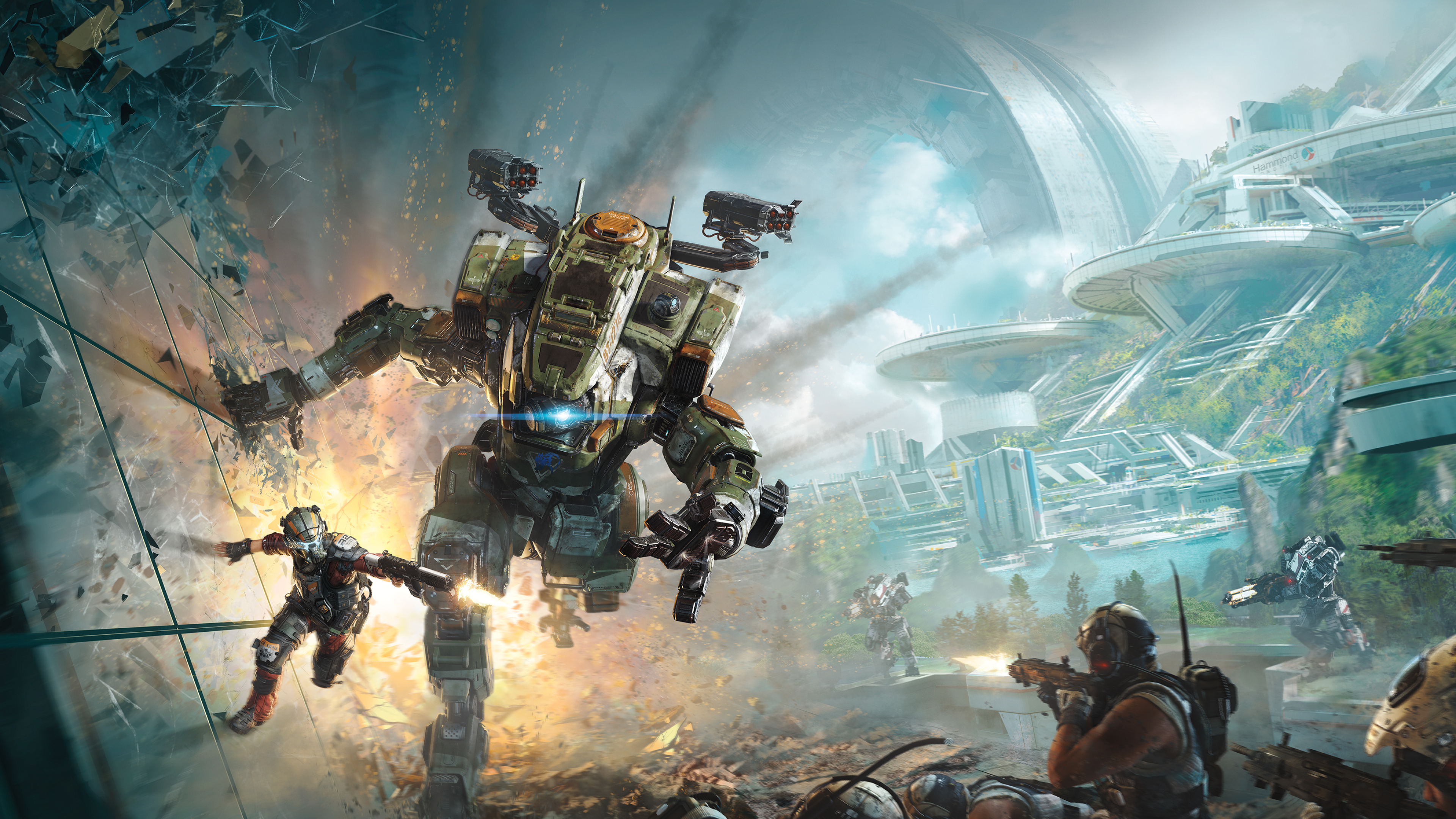
Released in 2016 for PC and consoles, this game is a fast-paced shooter with a single-player story. Players control Pilots who can quickly move around arenas using wall-runs and slides, and powerful Titans offer intense mech combat. The game’s levels were designed to highlight this mobility, as seen in the challenging Gauntlet time trial and varied missions. Multiplayer matches let players customize their loadouts, choose from different Titan classes, and compete in objective-based modes.
Dead Space
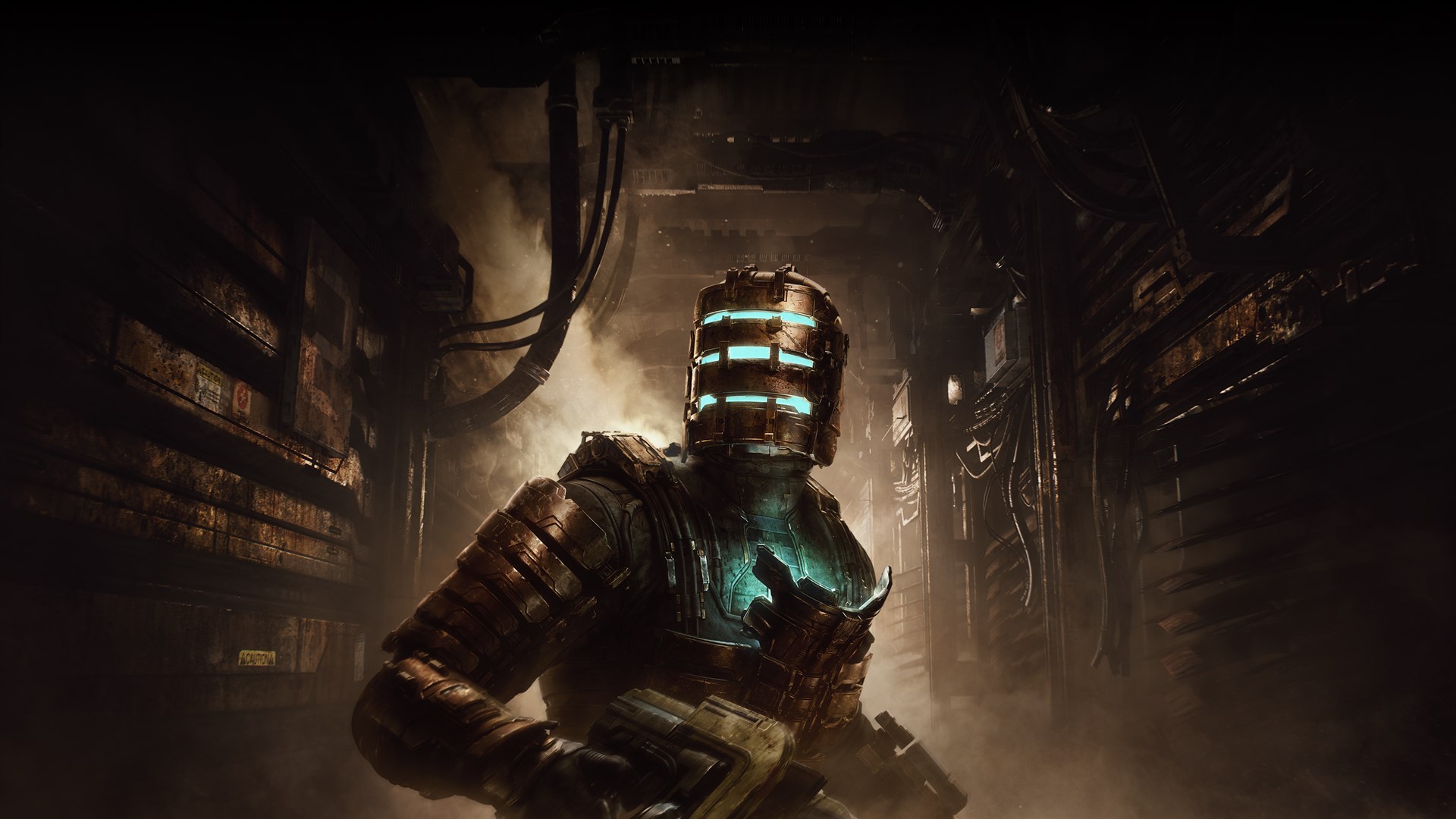
In 2008, EA Redwood Shores (later Visceral Games) released this scary survival game for computers and consoles. Players fought enemies by strategically damaging their limbs. The game featured a unique interface where health, ammo, and menus appeared on the player’s suit and as holograms. Exploring the USG Ishimura involved navigating areas with no gravity and using various engineering tools.
Prey
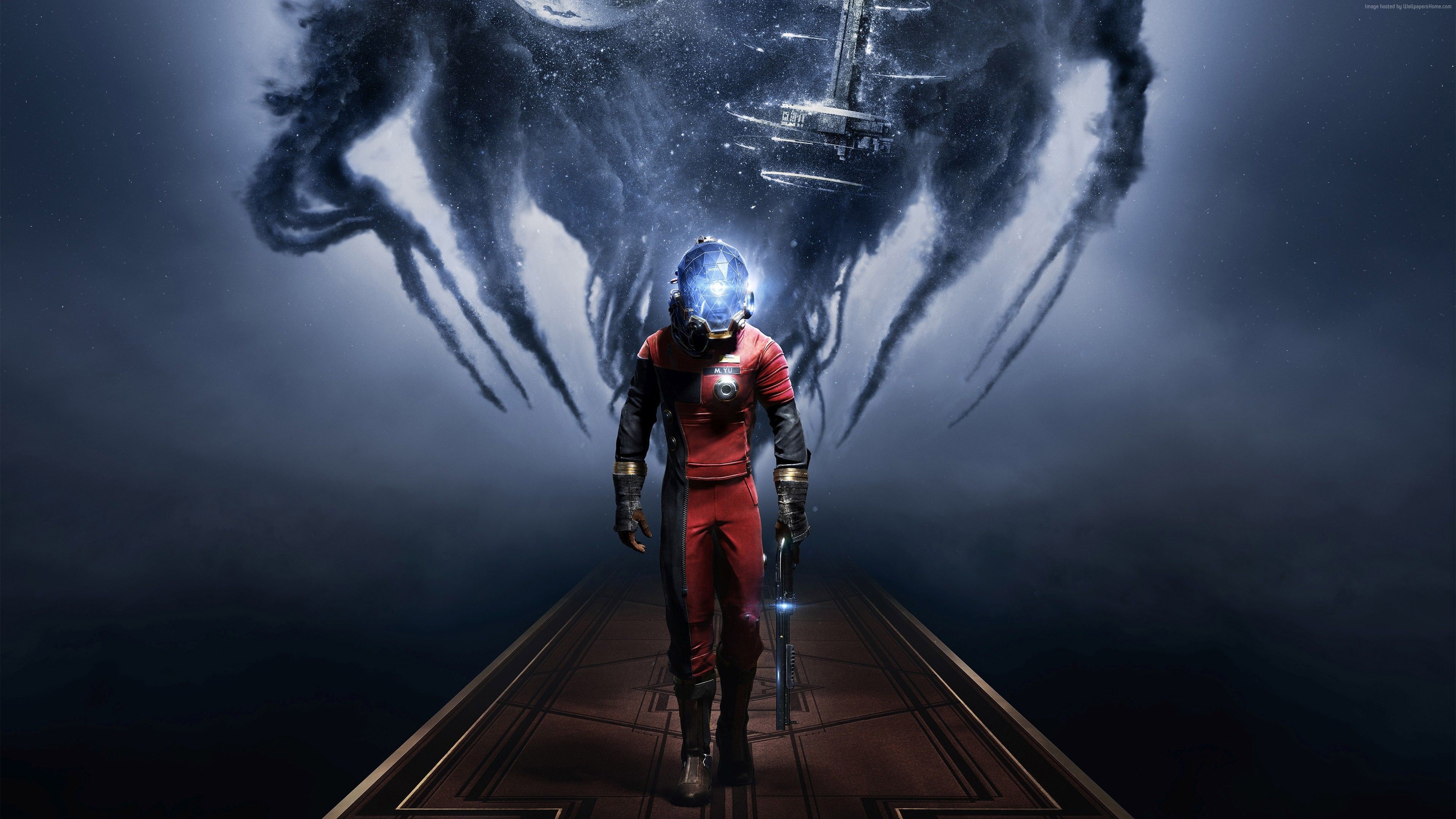
In 2017, Arkane Austin launched this immersive game for PC and consoles, taking place on the Talos I space station. Players could enhance their abilities using ‘neuromods,’ gaining new skills at the cost of weakening the station’s security. The game featured unique enemies called Mimics that could transform into ordinary objects to surprise and attack. Players had many different ways to progress, choosing to sneak through levels, use engineering skills to solve problems, or fight their way through labs and habitats.
Alien: Isolation
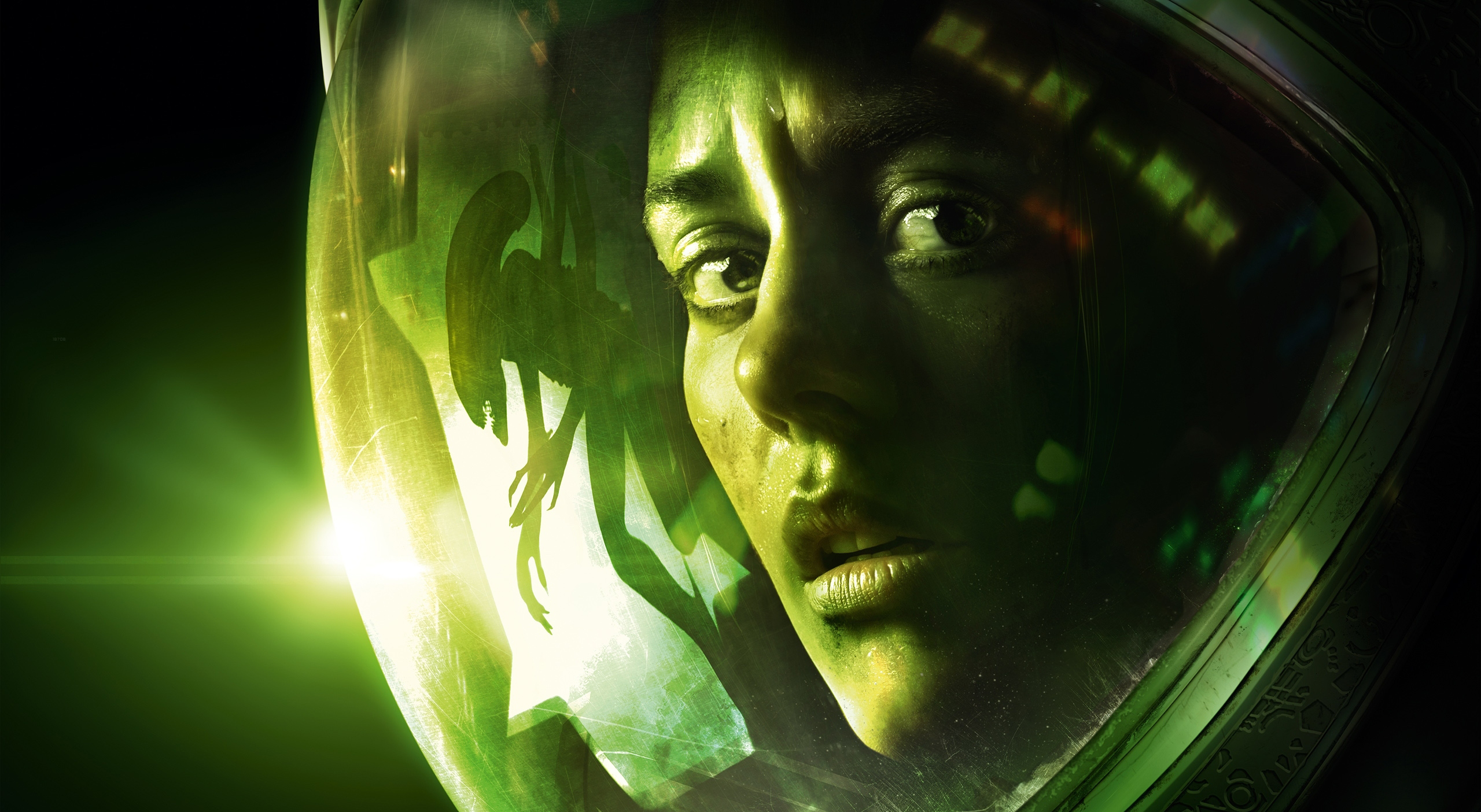
Creative Assembly’s 2014 game puts players in a tense setting inspired by early sci-fi films. The alien enemy is intelligent, reacting to noises, visual cues, and the player’s actions. Players can craft items to create diversions or defend themselves, but the system is balanced to avoid making them too powerful. The game takes place on the Sevastopol station, a realistically detailed environment with a classic, retro-futuristic look featuring old-fashioned screens and analog technology.
Horizon Zero Dawn
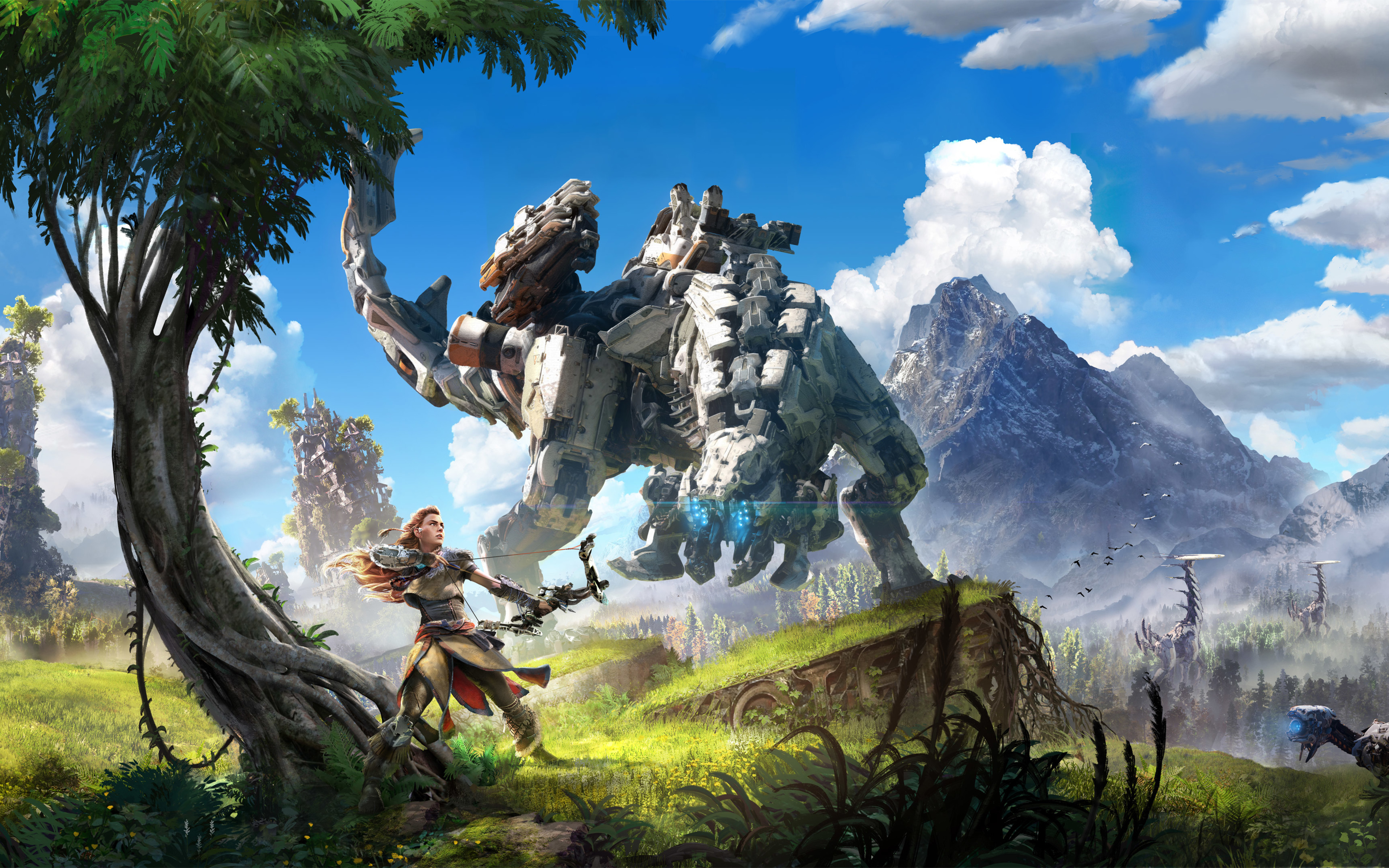
In 2017, Guerrilla Games launched this action RPG set in an open world, initially for PlayStation and later for PC. Players take on the role of a hunter, taking down robotic creatures with tools like traps and specialized arrows. The game allows you to customize your playstyle with skills focused on stealth, fighting, or gathering resources. As you explore, you’ll uncover the story of a fallen civilization and learn how the robotic creatures came to be.
Nier: Automata
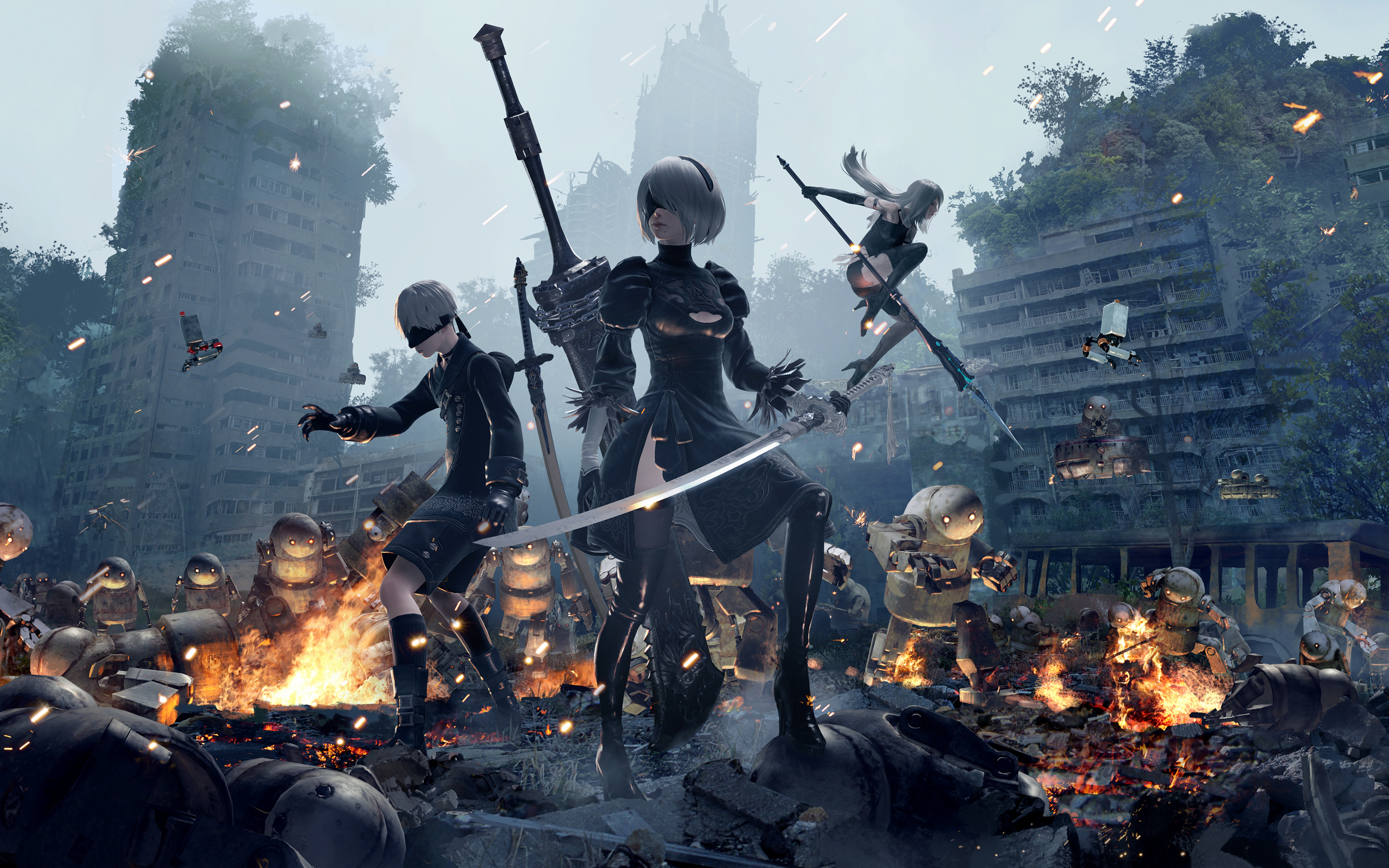
PlatinumGames released this action RPG for PC and consoles in 2017, offering players multiple ways to experience the game. The combat system combined close-quarters fighting, long-range attacks, and fast-paced shooting sections. The game’s save system and user interface were cleverly connected to its story about androids and what it means to be conscious. Players could explore a detailed world and uncover more of the story through optional side quests and by learning about the different weapons, all set within the ruins of cities and factories.
FTL: Faster Than Light

Subset Games’ space simulator, released in 2012 for PC and mobile, puts you in charge of a spaceship. You’ll need to carefully distribute power to different ship systems, manage your crew, and deal with unexpected events. The game offers a lot of replayability thanks to randomly generated encounters, different routes through space, and ships you can unlock. Combat is real-time, but you can pause to strategically target enemy systems or even board their ships.
Starfield
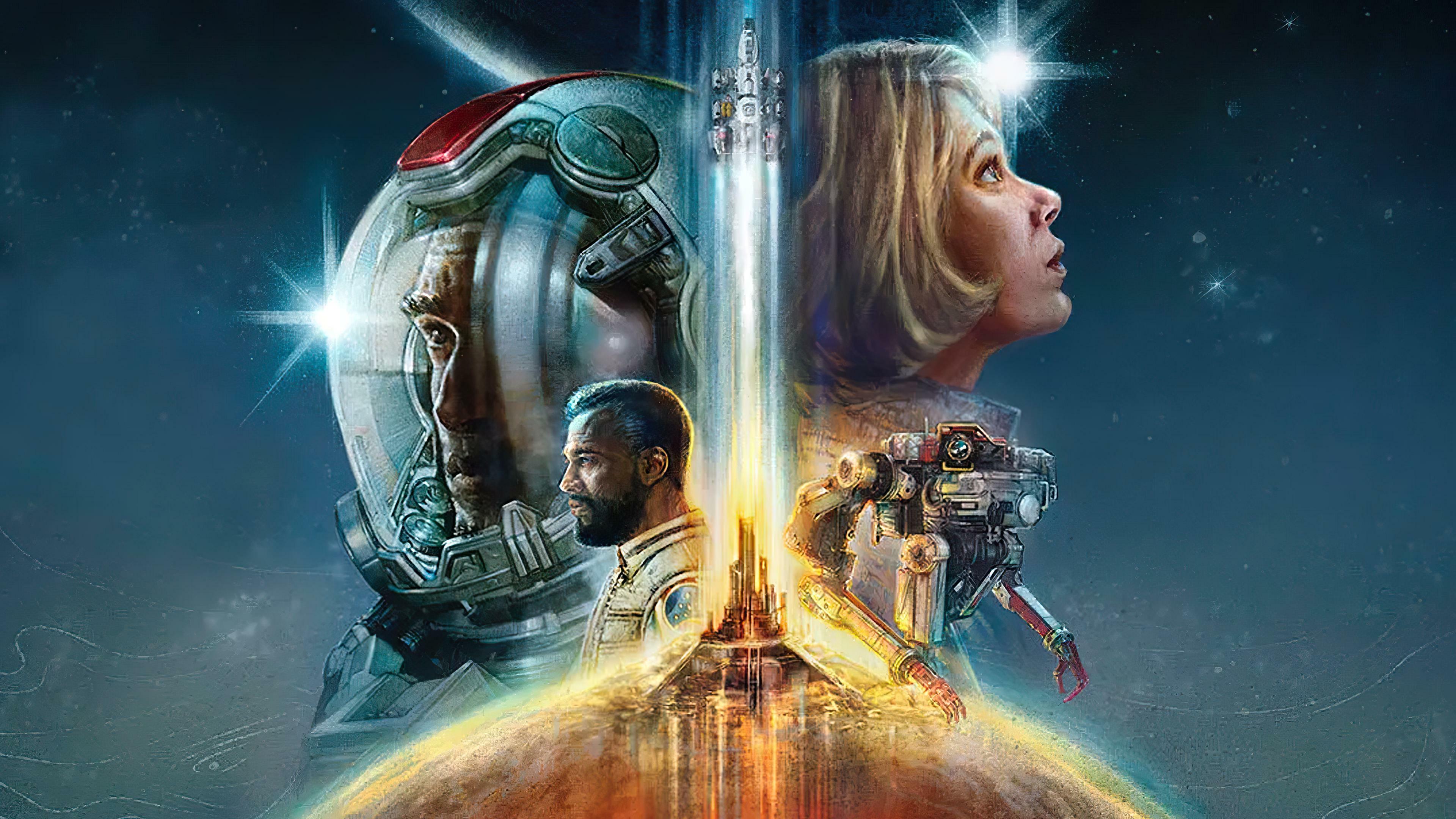
In 2023, Bethesda Game Studios released this space role-playing game for PC and Xbox. As a member of Constellation, players can travel to different star systems and build customizable spaceships. They can also establish outposts on planets to gather resources and create new items. Your character’s history, personality, and skills will influence how you interact with others and play the game.
Tell us about your most memorable moments playing sci-fi games! Also, let us know which games you believe deserve to be included in our list.
Read More
- Zack Snyder Reacts to ‘Superman’ Box Office Comparison With ‘Man of Steel’
- American Bitcoin’s Bold Dip Dive: Riches or Ruin? You Decide!
- A Most Advantageous ETF Alliance: A Prospect for 2026
- WELCOME TO DERRY’s Latest Death Shatters the Losers’ Club
- Solana’s Price Drama: A Farce of $140 and Questionable Strength 🎭💸
- Altcoin ETFs: A Crypto Chaos! 🚀
- 🚀 Ethereum’s Bullish Ballet: IH&S Whispers & Accumulation Roars! 🎭
- Justin Sun’s TRX Exodus: A Cryptocurrency Mystery!
- 🚨 Stablecoins: The Silent Currency Killers? IMF Sounds Alarm! 💸
- The Bitter Truth About Bitcoin: Will It Rise or Crash? 🧐
2025-10-27 15:18